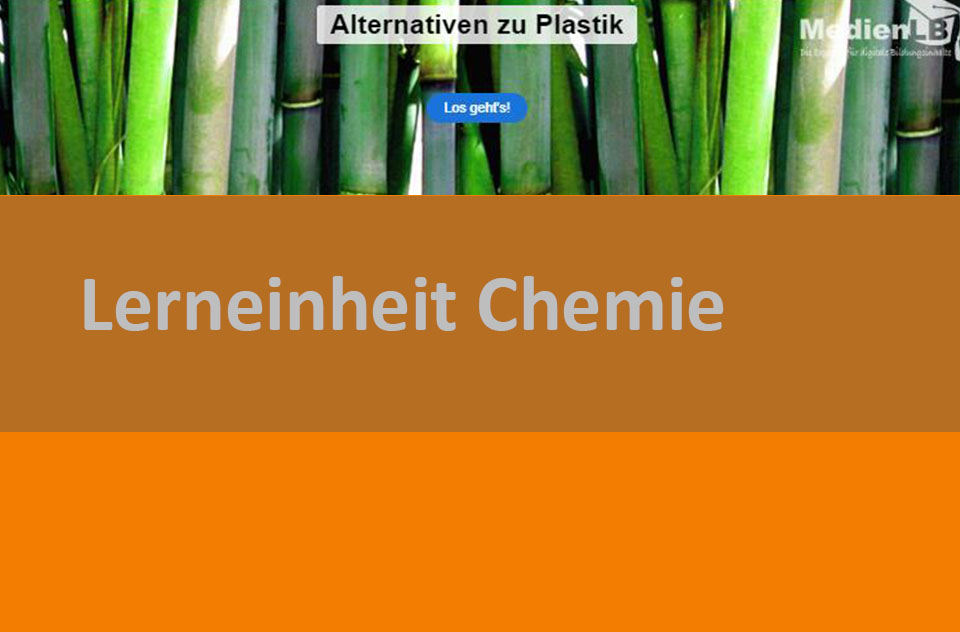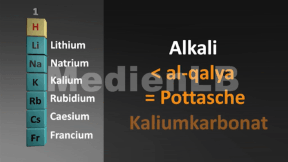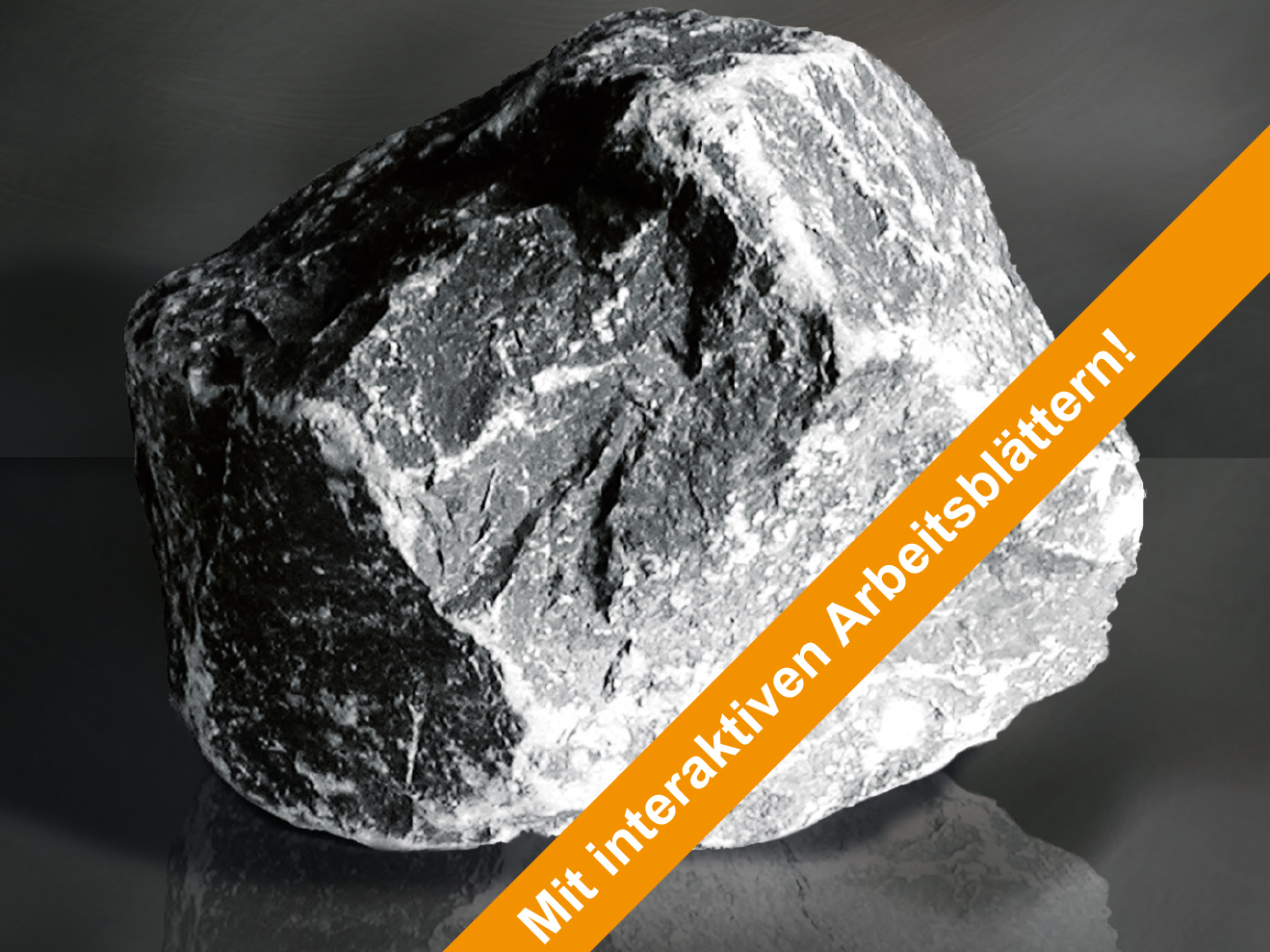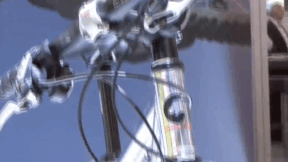
55502476
Plastik
In 14 interaktiven Modulen wird das Thema Plastik vermittelt und anschließend abgefragt.
Das Medium bietet H5P-Aufgaben an, die ohne zusätzliche Software verwendbar sind.
Durch interaktive Aufgabentypen wird das audiovisuelle und interaktive Lernen einfach.
Lernen macht jetzt Spaß!
Included Tasks
- I Eigenschaften von Plastik - Interaktives Video
- II Alternativen zum Plastik - Video und interaktive Aufgaben
- III Werkstoff auf Kohlenstoffbasis - Video und interaktive Aufgaben
- IV Arten von Plastik - Bildzuordnung
- V Recycling von Plastik - Interaktives Video
- VI Plastik - Wortsuche
- VII Kunststoff-Recycling - Interaktive Aufgabe
- VIII Struktur der Kunststoffe - Bildzuordnung
- IX Biokunststoff und andere Ideen für die Zukunft - Interaktive Aufgaben
- X Der Grüne Punkt - Interaktive Aufgabe
- XI Vorteile der Verwendung von Kunststoffen - Lückentext
- XII Kunststoffe im Meer - Video mit Aufgaben
- XII Kunststoffverzicht im Alltag - Interaktive Aufgbe
- XIV Kunststoffarten - Interaktive Aufgabe
Curriculum-centred and oriented towards educational standards
Matching
Fascination Lime
Many products used in everyday life are impossible without lime. These are, among others, glass, sugar, paper as well as pharmaceutical and cosmetic products. The raw material is also indispensable in the construction materials industry. Iron and steel producers need limestone, in environmental protection it is used, for example, for air cleaning and drinking water purification.
Aluminium I
In the modern world, we encounter aluminium at every turn. This is due to the particular properties of the metal. Increasingly, aluminium is about to edge iron and steel out of engineering, as aluminium allows energy-saving lightweight construction of aircraft and vehicles of all kind. Aluminium is weather-resistant, does not rust and is therefore well suited as building material for house facades, window frames or simply for all parts that are exposed to wind and weather. At the same time, aluminium has a noble-looking surface recommending it as material for interior design.









